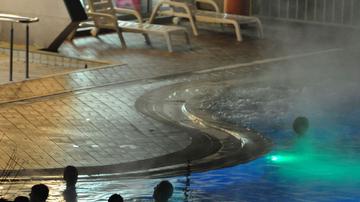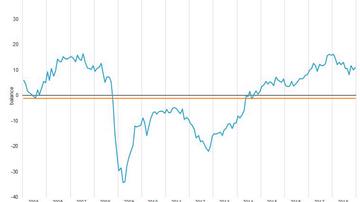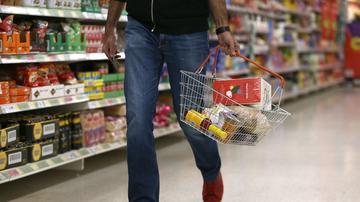
A
The purpose was to encourage people to save and put their savings into banks and savings banks. The seriousness of the countries that embarked on this mission is proven by the fact that all banks had to be open on this day. If in any country 31 October was a national holiday, the Savings Day was moved to another day.
The beginnings of banks and savings banks in Slovenia go back to 1820 when the oldest financial institutom in Slovenia the Ljubljana Savings Bank was established. Later on more municipal savings banks and credit cooperatives were established. With the establishment of the Ljubljana Credit Bank in 1900, we got the first banking institution in Slovenia.
Further on we describe the savings habits of people in Slovenia today, how much they save, the types of savings they have, and the comparison between countries and years.
With its gross savings rate of 12.8% Slovenia is fifth in Europe
Some of the household disposable income is saved, mostly for future purchases or for investment. People also save for unpredictable expenses, old age, children, in short to provide greater financial security and independence in the future.
For a number of years households in Slovenia have been among the most economical in Europe. In 2016 they saved 12.8% or almost a seventh of their disposable income (in 2015 12.7%). According to the latest Eurostat data, Slovenia was ranked fifth in Europe in terms of the household saving rate.
The household saving rate was the highest (18.4%) in Sweden. A much lower percent of gross disposable income was saved by households in the United Kingdom (only 5.2%) and Portugal (4.3%).
In the EU-28 overall households saved on average 10.3% of their disposable income and in the euro area slightly more (12.1%). In the 2005–2016 period, except in 2012, Slovenia had a higher household saving rate than the EU-28 average.
Half of household savings in deposits and cash
According to the Bank of Slovenia’s financial accounts, the ratio between household financial assets and liabilities has been gradually improving since 2012. In the 2012–2016 period assets were growing faster than liabilities.
Households in Slovenia had most of their financial assets (almost a half) in the form of deposits and cash, and just over a quarter in the form of shares and other equity. All other financial assets were in the form of insurance and pension schemes, other securities and other receivables, and loans.
So, despite low interest rates on deposits people in Slovenia still mostly decide for classical saving in the form of deposits or keep their cash at home. Rarely do people in Slovenia use other more adventurous forms of saving in the form of shares or saving in investment funds and pension schemes. Due to the growing share of people aged 65+ and thus lack of money for pensions, saving in pension schemes will become more popular.

































































